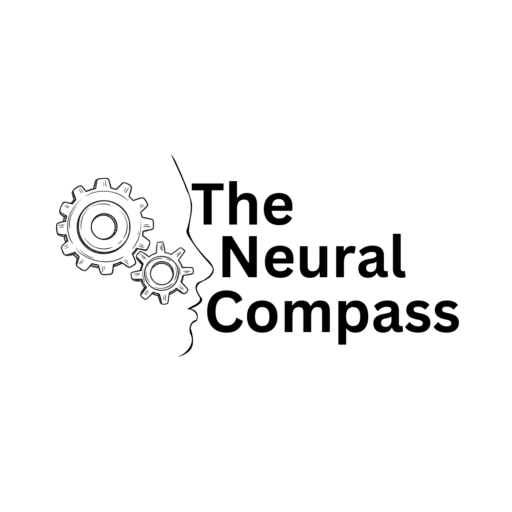The Power of Differential Privacy in Protecting Personal Data
In an era where data breaches and privacy concerns are increasingly common, differential privacy emerges as a beacon of hope, offering a promising solution to safeguard individual privacy in AI applications. It’s a smart way to preserve privacy. It ensures AI algorithms learn from lots of data without compromising the privacy of the individuals in the data.
Differential privacy introduces mathematical guarantees that make it virtually impossible to reverse-engineer personal data from aggregated information, thereby setting a new standard for privacy and ethics in the fast-changing AI space.
Understanding Differential Privacy
The differential privacy framework is designed to quantify and control the privacy loss incurred when statistical analyses are performed on a dataset. At its core, differential privacy operates by adding a carefully calibrated amount of random noise to the data or the results of queries on the data.
This process masks the contribution of individual data points, making it exceedingly difficult to infer any specific person’s information from the dataset. The genius of differential privacy lies in its ability to provide valuable insights derived from data while offering a strong privacy guarantee to individuals.
Principles of Differential Privacy
The effectiveness of differential privacy is governed by two main parameters: ε (epsilon) and δ (delta). Epsilon represents the privacy loss in a given setting, with smaller values indicating tighter privacy guarantees. Delta, on the other hand, accounts for the probability of the privacy guarantee being breached. Together, these parameters help data scientists balance the trade-off between privacy and the utility of the data.
A critical aspect of differential privacy is the concept of the privacy budget. This budget limits the data that can be extracted from the dataset. It ensures that privacy is not compromised by many queries. Queries use the privacy budget. Once it’s used up, no more queries are allowed. This safeguards the privacy of the individuals in the dataset.
Implementing It in AI
Implementing differential privacy in AI involves selecting appropriate algorithms and techniques for adding noise to the data or query results. Common methodologies include the Laplace mechanism (PDF), which adds Laplacian noise, and the Exponential mechanism (PDF), tailored for non-numeric queries. The mechanism choice and noise level depend on the desired privacy and the AI app’s needs.
Benefits and Challenges of Differential Privacy
Adopting differential privacy has several benefits. It brings stronger protection against data breaches. It also increases user trust. It ensures compliance with privacy regulations like GDPR. However, the implementation of differential privacy is not without challenges. The addition of noise can reduce the accuracy of the data and, by extension, the AI models trained on it. Also, finding the best balance of privacy and utility needs careful thought and skill.
Applications of Differential Privacy in AI
Differential privacy is increasingly being applied across various fields to protect sensitive information. In healthcare, it lets researchers access medical records without risking patient privacy. In finance, differential privacy can protect individual transaction data while allowing for broad analyses of spending patterns. Also, tech companies are using differential privacy. They use it to collect user data for product improvement without infringing on personal privacy.
Future Outlook
As the digital landscape evolves, differential privacy stands out as a critical tool in the quest for secure and private data use in AI. Its adoption is set to grow, driven by increasing privacy awareness and regulatory pressures. Differential privacy not only addresses today’s privacy challenges but also lays the groundwork for a future where data can be used responsibly, ethically, and with respect for individual privacy.

